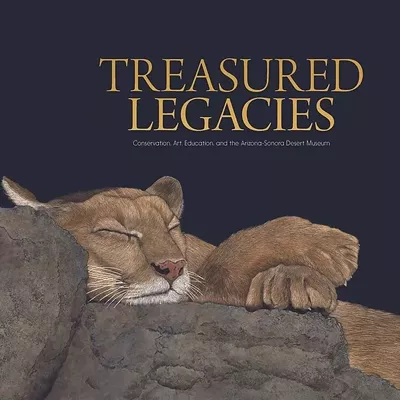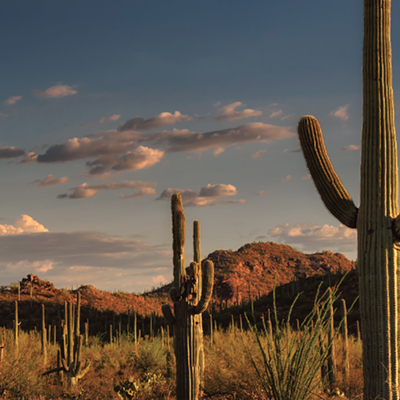That acknowledged, Working Wilderness is an enjoyable read about something taking place in our own backyard that epitomizes the "think globally, act locally" admonition. "It's a volatile mixture of people and land, history and ecology, passion and politics," author Nathan Sayre promises--and then delivers.
Readers will know instantly that they are in for some crusading when the cover page informs: "Part of the proceeds from sales of this book will be used for the preservation of open space in the American West." And that's only logical when the book itself zeros in on the nonprofit Malpai Borderlands Group, a diverse panoply of ranchers, scientists, public agencies and private conservationists--all with preconceived notions, many with conflicting aims. Not only are the players local and readily identifiable; their 800,000 acres of borderland, a 1,250-square-mile triangle where Arizona and New Mexico meet Sonora and Chihuahua, is familiar turf to those who live in this neck of the woods.
Working together is a repeated theme in the Malpai Group's mission statement, which reads, in part: "Our goal is to restore and maintain the natural processes that create and protect a healthy, unfragmented landscape to support a diverse, flourishing community of human, plant and animal life in our borderlands region. We will accomplish this by working to encourage profitable ranching and other traditional livelihood which will sustain the open space nature of our land for generations to come."
In the process, Malpai has received recognition awards for community-based conservation from The Nature Conservancy, U.S. Forest Service, National Fish and Wildlife Foundation and the Society for Conservation Biology. "Getting ranch owners, environmentalists and government officials to sit down and talk to each other was doable," writes the author, "but flipcharts and breakout sessions did not easily carry over to actual results on the ground. In the bitterly fought contest over America's Western rangelands, the Malpai Borderlands Group is widely seen as a beacon of hope and possibility."
In a chapter subhead titled "Origins of Mutual Distrust," Sayre, a geography professor at the University of California at Berkeley, admits to readers that while the historical Western range may be broken, "the polarized politics of rangeland conflict, pitting ranchers against environmentalists in a kind of holy war, made wholesale reform unattainable." Instead, it took innovative approaches emerging from the grassroots level, poking up through layers of indifference, habit and bureaucracy, to get differing agendas on the same page. "Imagine the Western range as an enormous puzzle whose pieces have not only come apart but changed their shapes as well. They cannot be put back together according to the old picture. The Malpai Group has chosen to look at all the pieces in this 1,250-square-mile puzzle and insist they can be one whole again. The Group remains many years away from completing this new picture, but they are further along than anyone else."
How they began, where they slipped and faltered, picked themselves up again, regrouped and got back on track makes for interesting reading. Reviewer Gary Meffe, editor of Conservation Biology, sums it up by noting, "Sayre tells a critically important story of the coming together of community, consensus, trust, humility and a keen sense of place, all in the service of people and nature." Author Curt Meine (Aldo Leopold: His Life and Work) writes, "Working Wilderness will challenge you, wherever you work, to think in fresh ways about the complexities of conservation and land health." Just as all of the participants have challenged themselves and each other to try to put aside partisan interests and work toward the common good.
"There is no single person or event from which the group sprang and no simple way to explain it," writes Sayre. "It arose from a complex of intersecting crises, some local and some regional or national in scale, and its success is attributable to the combined efforts of many very different people."
A certain amount of arguing about the shape of the discussion table was necessary before realizing that cooperation and compromise would be necessary to accomplish any good. The discussions and the goals they have already achieved make for an interesting read.






